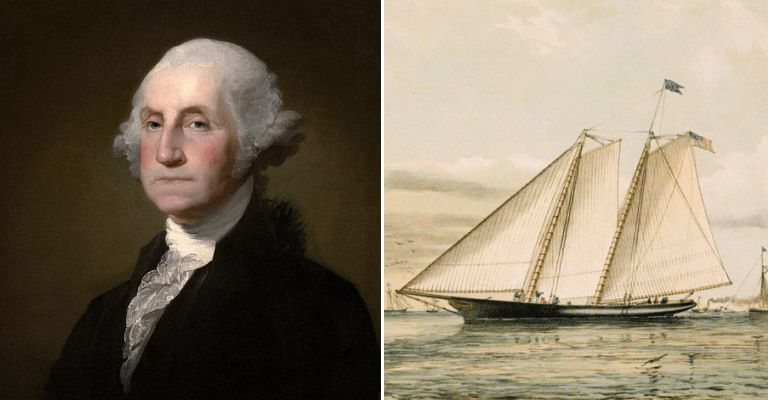The idea of taking time off from toil to spend it on leisure activities was anathema for much of America’s history. The puritanical beliefs buried in the national psyche in some regions could not be reconciled with an unabated pursuit of pleasure, no matter if temporary. For many the rest on the Sabbath was sufficient. Communities throughout the United States forbade labor on Sunday, and before the Revolutionary War church attendance was mandatory in most of the colonies. The idea of vacating oneself from one’s source of income was simply not acceptable throughout most of society.
Vacations evolved slowly over time, both in there availability to the laborer and the laborers’ options over how to spend them. The expansion of the railroads helped people reach destinations deemed exotic and healthful. Leisure activities increased, and vacation resorts emerged. Doctors began to recognize the benefits of fresh air and exercise, and recommended trips to the mountains or by sea to escape the less healthy air of the cities and towns. Once the automobile became affordable, Americans tried to take to the roads, only to find that there weren’t many of them. The roads that did exist were often rendered impassable by rain, or obstacles like grazing cattle and sheep.

Here are ten stories about the history of vacations in the United States.

George Washington’s Caribbean Cruise.
Lawrence Washington was George’s half-brother, and in many ways a father figure to George after their father Augustine died in 1743. George was 11 years old at that time, Lawrence was 25, and a veteran of the Royal Navy. For the next eight years Lawrence expanded the plantation inherited from his father, renaming it Mount Vernon, in honor of his former commanding officer, Admiral Edward Vernon. Lawrence suffered from what was then a mysterious malady affecting his lungs, and he frequently traveled to the warm springs in Bath, Virginia, with George accompanying him. In 1749 Lawrence sailed to London to consult with physicians over his condition.
After returning to Virginia and finding his condition steadily worsening, Lawrence decided to travel to Barbados in 1751, taking his then 19 year old brother with him. Lawrence had been to the Caribbean before, during his years in the Royal Navy, and it was his belief that the warm tropical climate would help his lungs clear (he was by then in the advanced stage of tuberculosis). George and Lawrence Washington sailed for Barbados in September of 1751. It was George’s first trip outside the North American continent and it would be his only journey across the sea. Until then he had not been outside of Virginia, other than short crossings of the Potomac into Maryland.
George kept a diary of the journey, recording the brothers’ activities on the voyage, which included fishing and George attempting to learn basic navigation, assisted by his sailor brother. The art of nautical navigation was still somewhat primitive at the time, with the determination of longitude based largely on dead reckoning, due to the inaccuracy of timekeeping devices. Washington’s own calculations placed their ship more than 400 miles from Barbados (the captain had them even further away) when the island was sighted on November 2, and the captain successfully negotiated the dangerous water of the island’s western shore to land his passengers in Carlisle Bay later that day.
In Bridgetown the brothers stayed for a time at the home of one of Lawrence’s wives relatives, despite their host’s wife being stricken with smallpox. Within two weeks George was exhibiting the symptoms of the disease, from which he recovered and which left his face pockmarked for the rest of his life. Later the brothers rented a house overlooking Carlisle Bay and socialized with the wealthy gentry, merchants, and naval officers, some of whom had made Lawrence’s acquaintance during his service. George’s health improved steadily after the crisis phase of smallpox, but Lawrence found the climate and the activities to be of little benefit to his own health.
Lawrence decided to sail to Bermuda, and George returned to Virginia via the ship Industry. During the voyage his sea chest was stolen, and the winter seas made him seasick. Thus on his first vacation George endured smallpox, theft, seasickness, and the worsening of his brother’s health. He arrived at Yorktown, Virginia, in late January 1752. Lawrence remained in Bermuda for a short time, but found little improvement in his condition. He returned to Virginia in June, and died at Mount Vernon the following month. His will left Mount Vernon to his daughter Sarah; when she died without issue the property reverted to his widow. It was from her that George eventually acquired Mount Vernon.

